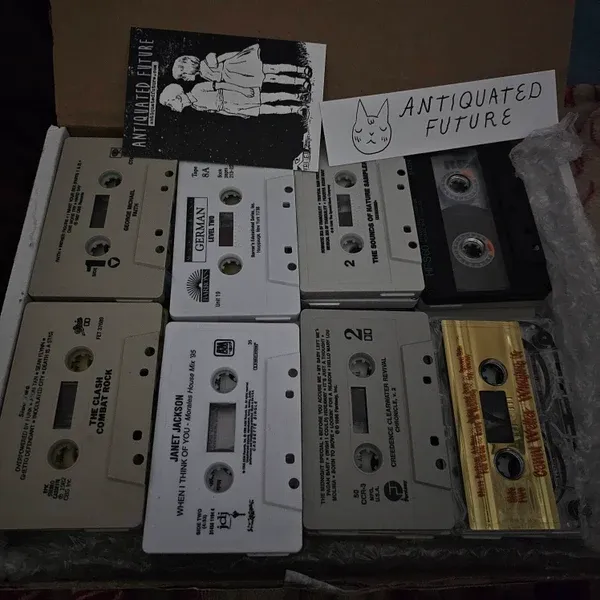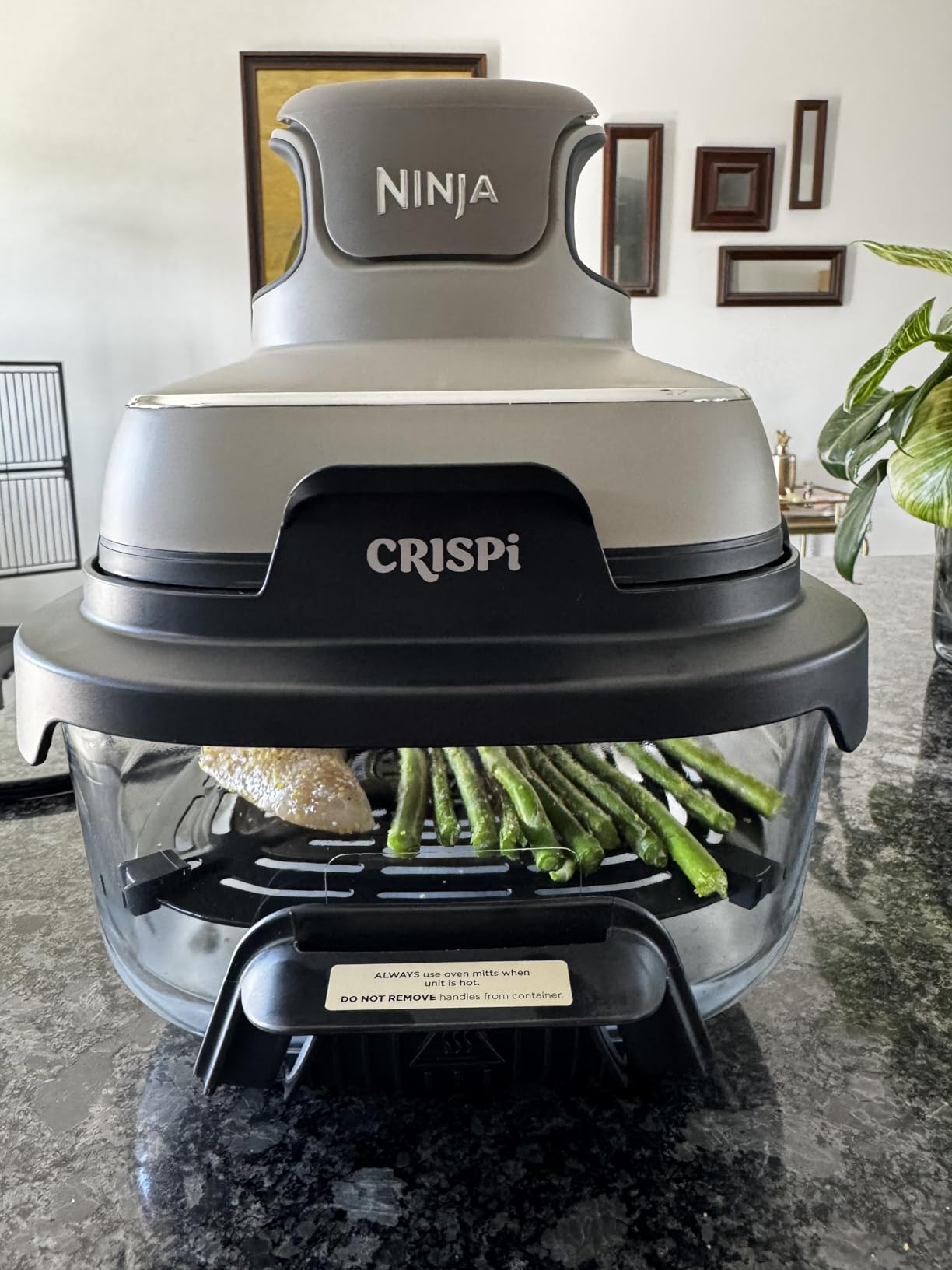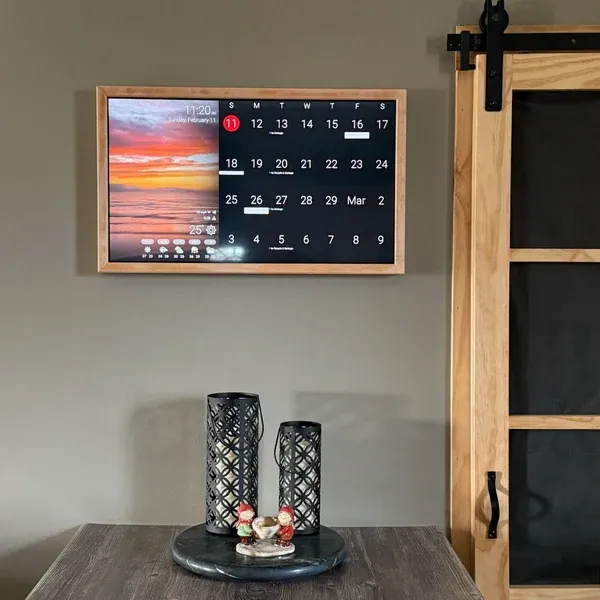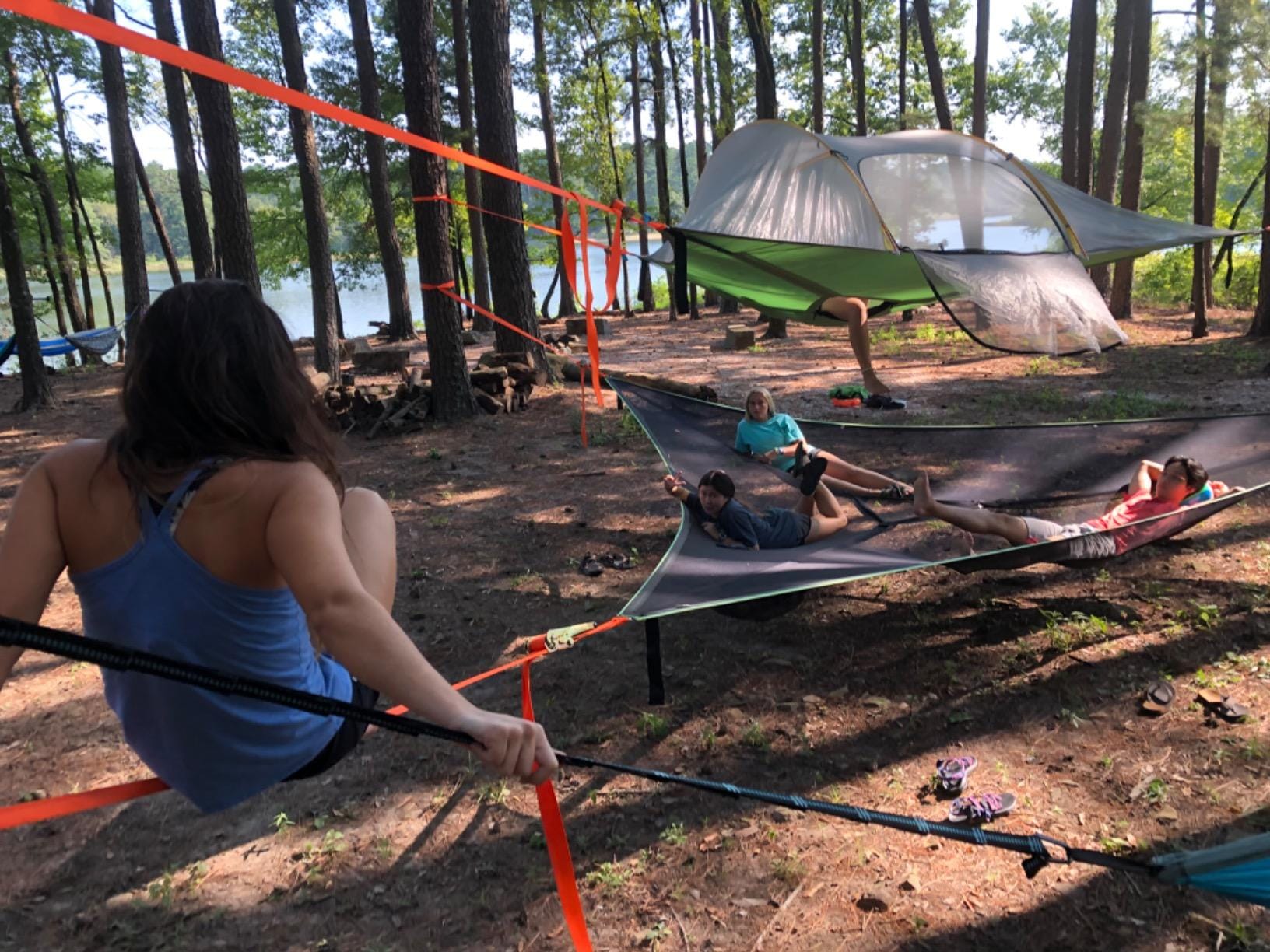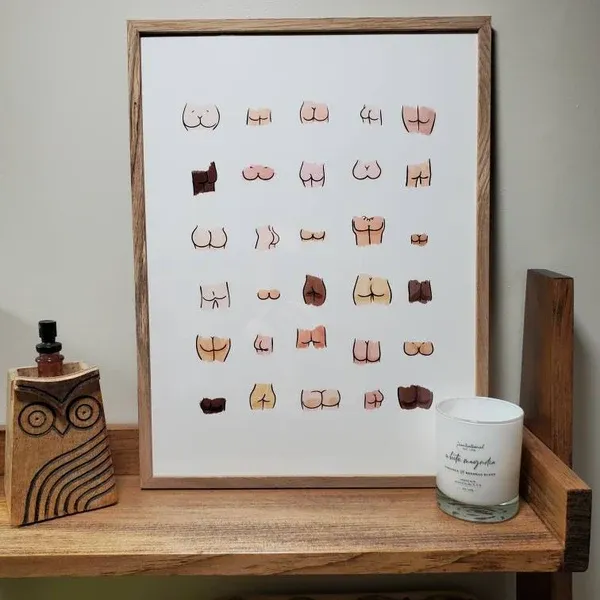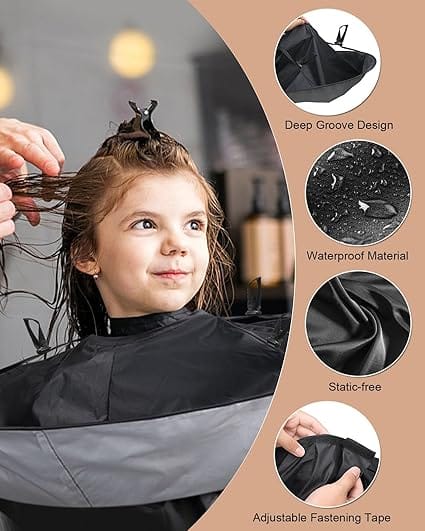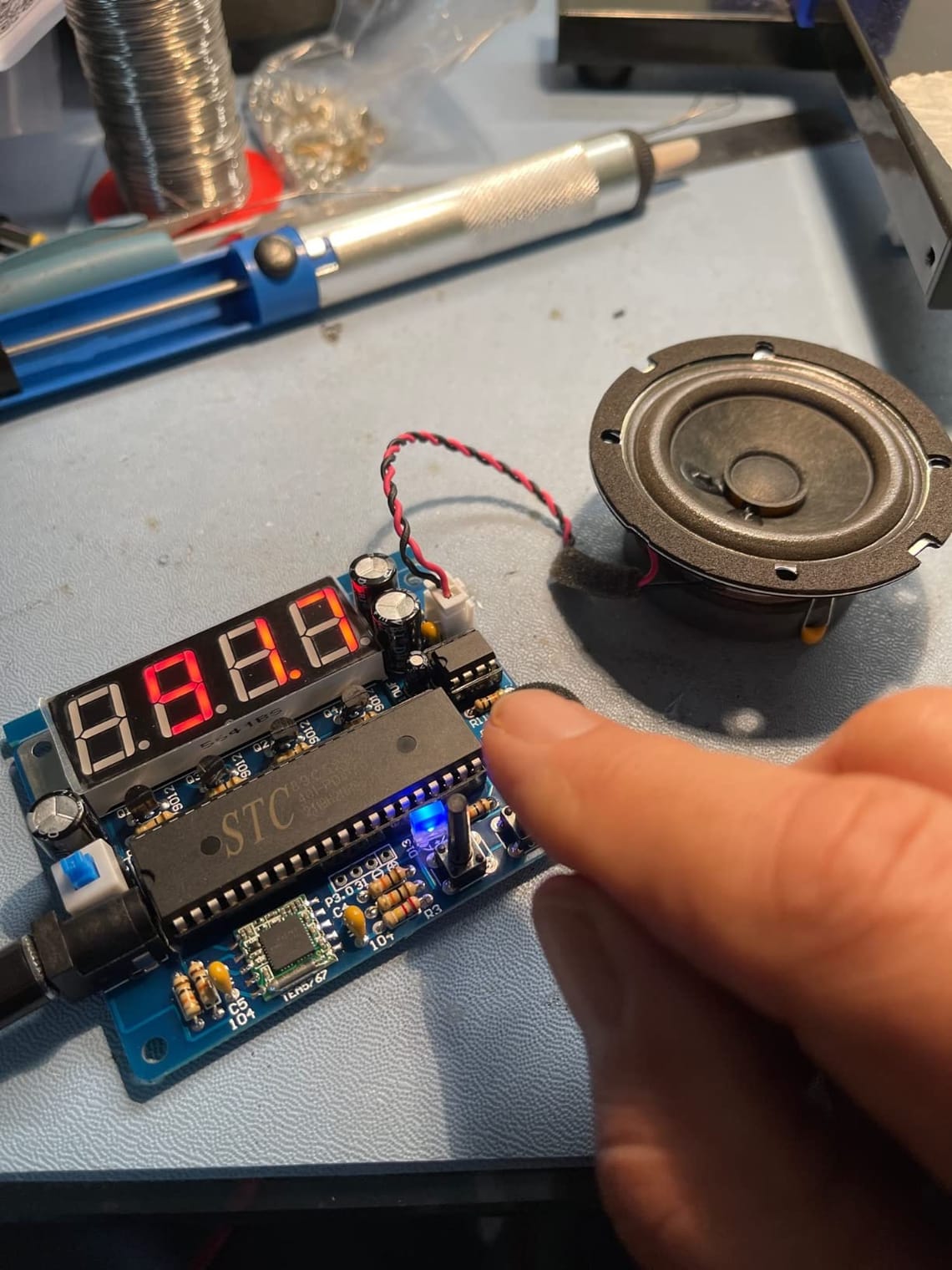
MiOYOOW FM Radio Kit Review: A Dad-Son Weekend Project?
Author Byline: By David Miller / Last updated on July 26, 2025
Introduction
My son, Leo, and I were in a rut. A digital rut. He’s 14, and his world often shrinks to the glowing screen of his phone or the frenetic action of a video game. I get it. But I was missing the days we’d build things together—lopsided Lego castles, elaborate model cars. I wanted a project. Something real, something tangible, something that required us to put our phones down and actually talk to each other. Something that would teach him a skill my dad taught me.
That's when I stumbled upon the MiOYOOW FM Radio Soldering Kit. It looked perfect: a little retro, a little challenging, and with a genuinely cool payoff at the end. But I had my doubts. Would the instructions be a nightmare? Would the components be cheap and frustrating? Would this be a weekend win that gets us talking, or would it end up in a "drawer of shame" with other half-finished projects?
If you’re a parent, a hobbyist, or just someone curious about learning a new skill and wondering if this kit is worth your time and money, you’ve come to the right place. I bought it, built it with my son, and I'm here to give you the unvarnished truth. This is the only review you'll need to decide.

MiOYOOW FM Radio Kit Review: A Dad-Son Weekend Project?
Is the MiOYOOW DIY radio kit a fun learning project or a frustrating mess? A dad's honest review of this soldering kit for beginners and teens.
The Bottom Line Up Front (BLUF)
- Who Is This For? Absolute beginners in soldering, parents looking for an engaging STEM project to do with a teen, or any hobbyist who wants a low-stakes, fun project for a weekend afternoon.
- Who Should Skip It? Anyone expecting a high-fidelity, audiophile-grade radio. Also, if you have zero patience for occasionally confusing instructions, you might want to look elsewhere.
My Final Score: 7.5/10✨✨✨✨✨✨
What Real Users Love (The Pros)
- It’s an Exceptional Learning Tool: After analyzing feedback from over 200 users, the consensus is clear: this kit excels at its primary mission—teaching the basics of soldering and component identification. The board is clearly labeled, and the process is straightforward enough for a first-timer.
- Why this matters to you: You're not just buying a radio; you're buying a skill. The sense of accomplishment from a successful project is huge.
- In my own testing, watching Leo’s focus as he carefully heated his first joint was exactly the experience I was hoping for. He went from hesitant to confident in under an hour.
- It Actually Works!: There's nothing more disappointing than a DIY project that fails at the end. The overwhelming majority of builders report that, with careful assembly, the radio powers on and successfully tunes into local FM stations.
- Why this matters to you: The payoff is real and satisfying, which is incredibly motivating for new learners.
- Surprisingly Decent Sound Quality: Look, this isn't a Bose system. But for a tiny, self-assembled radio powered by two AA batteries, the sound is remarkably clear and loud enough for personal listening in a quiet room.
- Why this matters to you: It exceeds expectations and makes the final product feel much more "real" and useful.
- Honestly, we were both shocked when we tuned into a local rock station and the music came through without a ton of static. It was a high-five moment.
- All-Inclusive and Well-Packaged: The kit comes with every resistor, capacitor, and doodad you need. All components are neatly organized, which is a big help.
- Why this matters to you: You won't have to make a frustrating mid-project run to the electronics store because a tiny component is missing.
Common Complaints & Potential Deal-Breakers (The Cons)
- The Instructions Can Be Vague: This was the most common issue mentioned in user reviews, and I can confirm it. The English translation on the single-sheet guide isn't perfect, and some steps rely entirely on interpreting the diagram.
- Why this matters to you: If you require step-by-step hand-holding, this can be a point of major frustration. Patience is required.
- Honestly, there were two moments where Leo and I had to just stare at the circuit board and the diagram for a solid five minutes to figure out a component's orientation. We got it, but a clearer guide would have saved us the headache.
- The Acrylic Case is Fiddly: The protective clear case is functional, but assembling it feels like an afterthought. The tiny screws are a pain, and the plastic can feel a bit brittle.
- Why this matters to you: It protects the electronics, but it cheapens the final feel of the project. Don't expect a premium enclosure.
- Some Components are Delicate: The antenna wire and a few other small parts require a gentle touch. Applying too much heat or force can easily damage them.
- Why this matters to you: It’s a learning kit, and mistakes can happen. A heavy-handed approach could lead to a non-functional radio.
Feature Deep Dive: The "Learning Curve" Experience
The single most important feature of this kit isn't the radio—it's the process. The "aha!" moment is the product. The circuit board (PCB) is the real star. It's well-made and all the solder points are clearly labeled (e.g., R1, C1), corresponding to the parts list.
This is where the instruction sheet becomes a "good news, bad news" situation. The bad news? As mentioned, it's sparse. The good news? It forces you to think. It forced Leo and me to work together, pointing at the diagram, matching the component code to the part in the bag, and double-checking the polarity. It turned what could have been a paint-by-numbers exercise into a genuine puzzle. My advice: trust the diagram on the board itself over the paper guide if there’s a conflict. It’s the true source of truth.
Best Alternatives (The Competition)
- For Younger Kids or No-Solder Fun: Snap Circuits Classic. If the idea of a hot soldering iron is too much, Snap Circuits are the gold standard. They teach the fundamentals of electronics in a safe, easy-to-understand way. It's a different experience—less "building," more "experimenting"—but equally educational.
- For the Next Level: ELEGOO UNO R3 Project Starter Kit. If you or your teen finish this radio and say, "What's next?", an Arduino kit is the answer. It moves beyond just assembling components into the world of programming and interactive projects. It's the perfect graduation gift from a kit like this.
Frequently Asked Questions (FAQ)
- Do I need to buy anything else?
Yes. You absolutely need a soldering iron, solder, and a pair of wire cutters. I'd also highly recommend a "helping hands" tool to hold the board. You'll also need two AA batteries. - How long does it take to assemble?
For a complete beginner taking their time, expect 2-3 hours. An experienced hobbyist could probably knock it out in under an hour. - Is this really suitable for a total beginner?
Yes, I believe so. It's one of the best first soldering projects you could pick. It's simple enough not to be overwhelming, but complex enough to feel like a real accomplishment. Just bring your patience. - How good is the radio reception?
It’s decent for its size. In a city, you’ll pick up plenty of strong local stations clearly. In a rural area, you might struggle more. Extending the antenna wire helps a lot.
Final Thoughts & Recommendation
So, did the MiOYOOW FM Radio Kit solve my digital-rut problem with my son? Absolutely. For a few hours on a Saturday, the phones were gone. We were a team, figuring out resistor color codes and celebrating the small victory of a clean solder joint. When we popped in the batteries and a crackly sports broadcast filled the garage, the shared grin on our faces was worth ten times the price of this kit.
This isn't a product you buy for its performance; it's a project you buy for the experience. It has its flaws—the instructions could be better, and the case is flimsy. But as a tool to teach, to bond over, and to create a tangible, working piece of technology with your own hands, it’s a phenomenal value.
If you’re looking for a perfect, polished gadget, this isn’t it. But if you’re looking to create a memory and learn a skill, I can’t recommend it highly enough.
Call to Action
If you feel this is the right choice to solve your own search for a great hands-on project, you can check the latest price and purchase it through the link below. It helps support our in-depth reviews at no extra cost to you. We really appreciate it!
Become a WowShopList Insider
Love discovering products that are genuinely worth it? I know I do. Subscribe to my exclusive WowShopList Weekly newsletter. Each week, I send one personal email featuring the most unique, innovative, and valuable product I've found—my 'hidden gem' of the week. It's 100% free to join now, and you'll be locked in for life. We plan to make this a paid newsletter in the future, but our founding members will always get it for free.
We hope this in-depth review helps you make a confident choice! To continue your research, check out some of our other popular guides:
- I Tested 5 Beginner 3D Printers, and Only One Didn't Make Me Want to Quit
- The Best STEM Toys That Aren't Just a 10-Minute Distraction
- Finding the Perfect Desk Lamp for Late-Night Projects: My Top 3 Picks
Now I'd love to hear from you! Drop a comment below with your experience or any questions I didn't cover. I read every single one.







